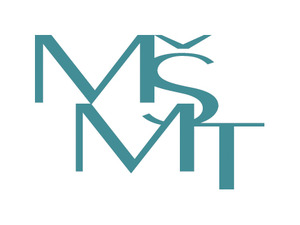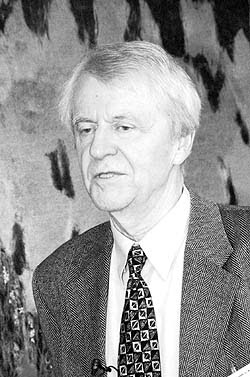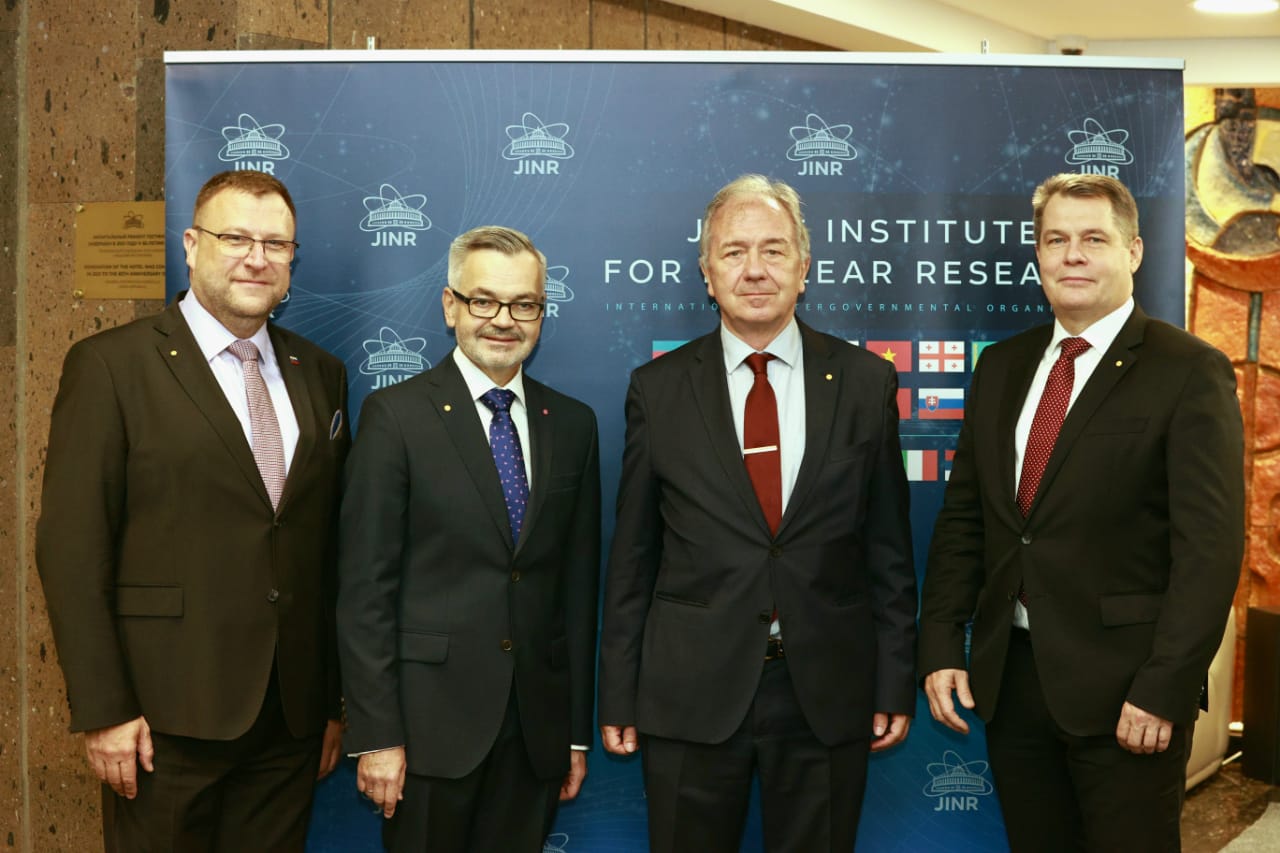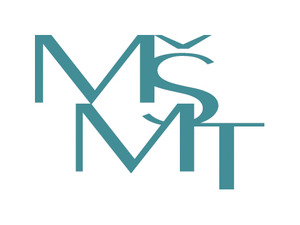Cytogenetic research at JINR’s charged particle accelerators
Author
| Koshlan I.V. | JINR |
| Krasavin E.A. | JINR |
| Bláha Pavel, Ing. | Faculty of Nuclear Sciences and Physical Engineering CTU, JINR Dubna |
| Zaytceva E.M. | JINR |
| Govorun R.D. | JINR |
| Koshlan N.A. | JINR |
Year
2013
Scientific journal
International Conference on Radiation Biology and Radiation Protection Proceedings, p. 76-84
Abstract
Formation of unstable and stable chromosome aberrations in human lymphocytes was studied with increasing proton and heavy ion dose and linear energy transfer (LET) in the range of 0.218 – 77 keV/μm. It was found that the proton and γ-ray dose dependences of the frequency of cells with chromosome aberrations are linear. For the total number of aberrations and the frequency of dicentrics and translocations, they are power-like and become linear when the cells are irradiated with densely ionizing heavy ions. It is shown that the Phasotron therapeutic proton beam is highly efficient for radiation therapy where lymphocytes are irradiated with Bragg peak protons, which corresponds to cell tumor irradiation. In this case, the relative biological effectiveness (RBE) of protons was ~1.2 in the dose range of 1 – 4 Gy. The effect of 170 MeV protons at the target object entrance (which corresponds to irradiation of healthy tissues on the beam path) did not differ from that of γ-rays. Compared to the effect of this proton beam on non-dividing cells of the tissues on the beam pathway, the Bragg peak proton RBE, taking into account the radiosensitive G2 lymphocyte fraction, was ~1.45. Irradiation of the tumor by protons from different directions decreases healthy tissue cell damage by an order of magnitude.
Chromosome instability was observed in remote progeny of Chinese hamster cells exposed to, and HPRT mutant subclones induced by, protons and heavy ions. The mutants turned out to be heterogeneous with respect to chromosome aberration levels. High chromosome instability was observed in spontaneous mutants; it decreased with increasing LET. Nonstandard growth types were found in mutant subclones irradiated with accelerated 18O and 20Ne ions with LET of ~130 and ~138 keV/μm, respectively. In the similar growth conditions, unusual morphological characters – hemstitch, elongate, and stellar – were observed in some mutants compared to the control population. Colony formation had been noted before the mutant subclone cells grew to form a monolayer, which can point to the initiation of the malignant transformation of cells. The chromosome instability hypothesis is discussed.
Chromosome instability was observed in remote progeny of Chinese hamster cells exposed to, and HPRT mutant subclones induced by, protons and heavy ions. The mutants turned out to be heterogeneous with respect to chromosome aberration levels. High chromosome instability was observed in spontaneous mutants; it decreased with increasing LET. Nonstandard growth types were found in mutant subclones irradiated with accelerated 18O and 20Ne ions with LET of ~130 and ~138 keV/μm, respectively. In the similar growth conditions, unusual morphological characters – hemstitch, elongate, and stellar – were observed in some mutants compared to the control population. Colony formation had been noted before the mutant subclone cells grew to form a monolayer, which can point to the initiation of the malignant transformation of cells. The chromosome instability hypothesis is discussed.
Cite article as:
I. Koshlan, E. Krasavin, P. Bláha, E. Zaytceva, R. Govorun, N. Koshlan, "Cytogenetic research at JINR’s charged particle accelerators", International Conference on Radiation Biology and Radiation Protection Proceedings, p. 76-84 (2013)


 MINISTR ŠKOLSTVÍ KE SPOLUPRÁCI ČR S SÚJV
MINISTR ŠKOLSTVÍ KE SPOLUPRÁCI ČR S SÚJV INTEREST JINR, Wave 6
INTEREST JINR, Wave 6 The passing of Ivo Zvára
The passing of Ivo Zvára Call for the projects solved in collaboration with JINR (Projects 3+3)
Call for the projects solved in collaboration with JINR (Projects 3+3)  Call for the Grants of the Plenipotentiary of the Government of the Czech Republic in JINR
Call for the Grants of the Plenipotentiary of the Government of the Czech Republic in JINR Czech Ambassador in Russia visited JINR
Czech Ambassador in Russia visited JINR INTEREST JINR, Wave 5
INTEREST JINR, Wave 5 Russia Visa Centre
Russia Visa Centre Working Stays CR - JINR 2022
Working Stays CR - JINR 2022